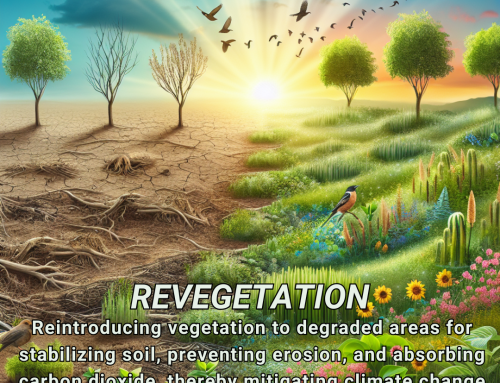
New England is known for its frigid winters, which provide ideal conditions for ice skating. However, the region’s iconic winter activity is under threat due to the effects of climate change. As temperatures continue to rise, the number of days with safe ice for skating is decreasing, leaving many New Englanders worried about the future of this beloved pastime.
According to a recent report in the Washington Post, the number of days with safe ice for skating in New England has already decreased by 14% since the 1970s. This trend is expected to continue, with some scientists predicting that the region could see a 50% reduction in ice skating days by the end of the century if greenhouse gas emissions are not drastically reduced.
The impact of climate change on ice skating in New England is not only a concern for recreational skaters. The region is home to several competitive figure skating and ice hockey teams, whose success depends on the availability of safe ice for training and competitions. If the number of ice skating days continues to decline, it could have a significant impact on the region’s athletic programs.
The effects of climate change on ice skating in New England are not unique to the region. Similar trends have been observed in other parts of the world, including Canada, where the number of days with safe ice for skating has decreased by as much as 20% in some regions.
In response to these trends, some communities in New England are taking action to preserve the tradition of ice skating. For example, in Maine, a group of volunteers has created a community ice rink that uses a refrigeration system to maintain safe ice conditions even when temperatures are above freezing. Other communities are exploring similar solutions, such as using insulating blankets to preserve natural ice.
While these efforts are admirable, they may not be enough to prevent the long-term decline of ice skating in New England. To truly address the threat of climate change, broader action is needed to reduce greenhouse gas emissions and mitigate the effects of global warming.
Interestingly, the New South Wales government’s climate change website, also takes about the impacts of climate change on New England in the southern hemisphere and the North West regions of Australia, which are also experiencing changing weather patterns, could include more frequent heatwaves, less rainfall and reduced stream flows, which may have implications for farming, tourism, and water security. The website notes that these impacts may be mitigated through actions such as reducing greenhouse gas emissions, increasing the use of renewable energy, and adapting to the changing climate.
In conclusion, the effects of climate change on ice skating in New England are just one example of the many ways in which global warming is impacting our daily lives. While it may be tempting to focus on preserving individual traditions and activities, the real solution to the threat of climate change is to take broader action to reduce greenhouse gas emissions and transition to a more sustainable, low-carbon future. Only through collective effort can we hope to preserve the things we love about our world for future generations.






